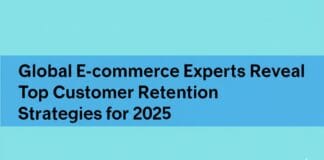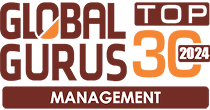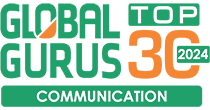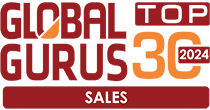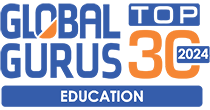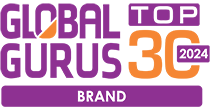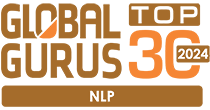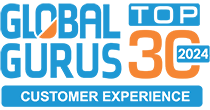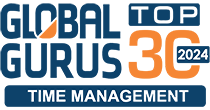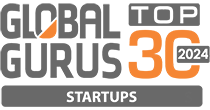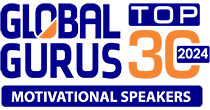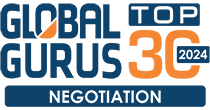What to Expect from Digital Disruption in 2020
February 28, 2020
Almost every industry in the world has been profoundly changed by the rapid development of new and improved technologies. Now, the modern business has to worry less about keeping up with those new technologies, and more about staying ahead of them. One of the reasons why some businesses try to avoid the notion of disruption is that they see it negatively, rather than as the positive advance that it is. Disruption in the right place can result in sweeping changes across a business, with improvements to that business being the inevitable result. So if you want your business to stay in front of potential disruption, here’s what to expect in 2020 and beyond.
Your Digital Twin
If you are not using big data in your business yet, then you are already falling behind. Massively valuable, data has been called the new oil simply because it has become the must-have for any business model. As devices become more and more connected, increasing amounts of human data are going to be able to be collected. The concept of the digital twin is not new, but it has suddenly become very feasible, and both brands and countries are already starting to take advantage of digital twin technology. Although the Internet of Things has been slow to make an impact, its steady growth is only making the digital twin easier to build, and that’s good news for cities, consumers, and the businesses that rely on both.
Project Management
As one of the most vital roles for modern businesses, project managers have been racing to keep up with the emerging technologies that are giving them the option to improve their working efficiency. There is a multitude of cutting-edge tools available to the modern project management team, but ongoing advances also need to be prioritized. Being up to date today is not enough for tomorrow, and that means being aware of the high-value project management software developments that have improved automation, provide seamless communications, and allow for a more intuitive workflow. Businesses that are relying on outdated legacy software options are going to face increasing pressure as they experience the negative side of industry disruption.
Getting ‘Phygital’
2020 continues the rapid advances in more immersive VR and AR tech, and there are more digital tools available to brands and consumers than ever before. For businesses, that means that a combination of the digital and the physical is seemingly inevitable. This concept is known as ‘phygital’ and it’s closer than you think. The initial, tentative approach to a ‘phygital’ workspace has started to be effective in both the financial sector and the retail sector. The proof of concept has been delivered and now it is up to business leaders to manage the bridge between idea and reality. For sectors of all types, the next stage in the B2C relationship is going to need to combine the digital and the physical in new and exciting ways, creating the ‘phygital’ experience that consumers are looking for.
From smarter buildings and cities to the digital currency that you can access anywhere, digital disruption is happening right now. Brands that want to keep up with both their consumers and their competitors need to not only be aware of the coming disruptions, but positioning themselves so that they are better able to adopt (or even create) those disruptions.
Also read, How to Update an Outdated Electrical System


